A diverse group of people from many places settled in ancient Rome. They were descendants of Germans, Jews, Africans, Phoenicians, Greeks, and Celts. Some Romans, such as Cato and Augustus, had blond hair and blue eyes. However, there were also ancient Romans who had brown hair and brown eyes, according to Cicero. Just like the modern Italians, their physical appearance varies. Some of the marble busts of emperors and elite Romans have Caucasian facial features.
While ancient Roman women favored white skin, some paintings showed lightly tanned women with dark eyes and hair, indicating that they were Europeans. Ancient Romans were used to a multi-ethnic society. Thus, according to historical and scholarly records, ancient Romans were not too concerned about skin color, and some emperors had darker hair and skin. However, some records also indicate that some have red hair and blue or gray eyes.
Facial Features

It is difficult to imagine what the ancient Romans looked like if you are to base their facial features on the sculptures that survived. One factor is the idealization of the images; likewise, the statues, which were mostly likenesses of emperors, always portrayed them as virile and young. However, suppose you are to base their facial features on scientific reconstructions. In that case, you can conclude that most of them (particularly males) had cropped hair, broad and high forehead, prominent nose, wide eyes, thin lips, powerful jaw, and firm chin. Most of them have gray or light blue eyes, according to scientists. However, as the ancient Romans conquered many places across Europe, Asia, and Africa, the colors of their skin, hair, eyes, and other facial features changed.
Facial Hair

Shaving became a daily activity around the 3rd century BC. If they were not shaving, they cut their hair and beards very short. Ancient Roman men also did not like seeing body hair on women, so the females resorted to shaving or plucking. Some women used resin paste to strip. They also used a pumice stone to scrape body hair. Men shaved their beards to establish that they were Romans and not Greeks. However, they let their beards grow when mourning, during calamities, and when they are condemned in public.
But due to Greek influence, Romans grew their eyebrows thickly and sometimes used soot or antimony to enhance the shape. But at the beginning of the 1st century BC, Romans started to trim their eyebrows. However, Romans were obsessed with long eyelashes, according to Pliny. They even shaped their eyes with black antimony powder to make them bigger.
Hair Styles
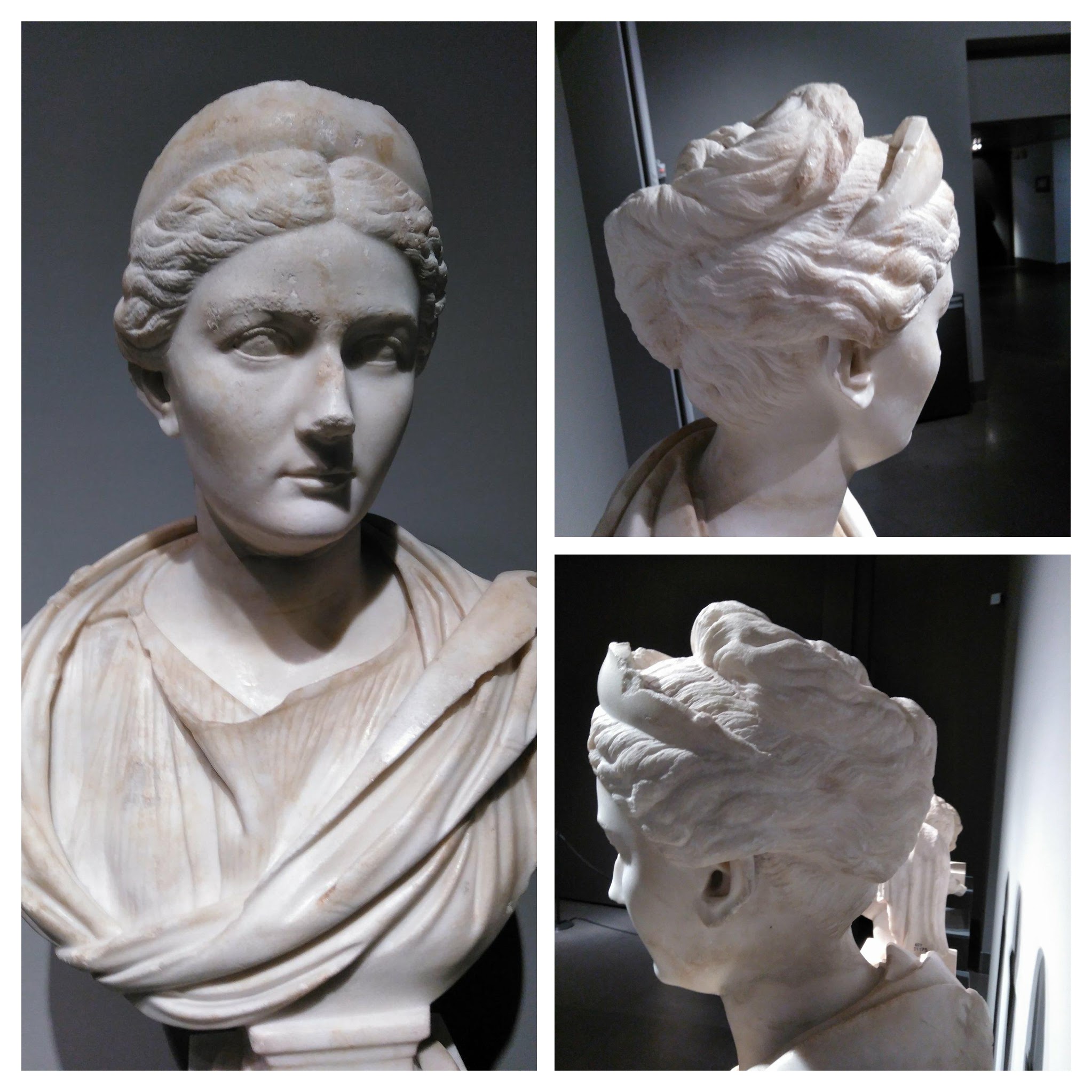
Roman males prized a head full of hair and believed thick and lush hair indicated virility. They likewise thought that curled hair made them look very handsome. In the early days, their hair was black, but by the 1st century BC, men had blond hair because it was the fashion. Thus, Caligula hated men with thick hair, and Julius Caesar combed his hair a certain way or wore a laurel crown to hide his baldness. Roman men used curling tongs to arrange their hair beautifully. They also dyed their hair or wore wigs.
Roman women used to wear their hair. But during the reign of Emperor Augustus, hair fashion changed, and women wore elaborate hairstyles, often twisted, layered, or curled. They wore hairpieces and wigs and used several accessories to make them appear taller and have abundant hair. Many women dyed their hair, with blond being a favorite.
Nose Shape

The Romans have aquiline noses. Incidentally, an aquiline nose is also called a Roman nose. The aquiline nose has a high, protruding bridge with a slight to pronounced bend or curve. Since the term came from aquilinus of eagle-like, so when you look at the nose in profile, the nose resembles an eagle’s curved beak.
The Roman nose only refers to the shape of the nose and not the size. Thus, you can see many Romans with delicate, thin noses, while there are people with broader or bulbous noses, although they retain the aquiline shape. Also, based on sculptures and frescoes, most Roman women have more refined and thinner noses.
Height
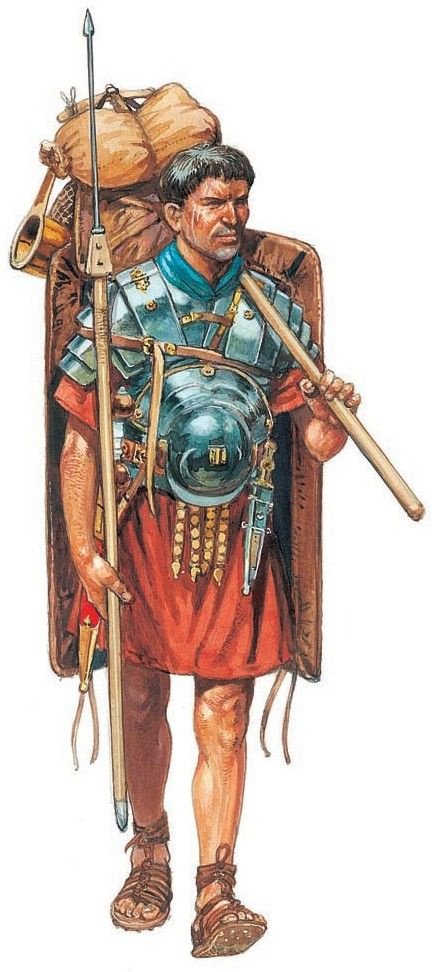
According to scientists and historians, an ancient male Roman’s height is between 5’4” and 5’7”. Based on various sources, the members of the Roman army were taller, usually 5’7”, as the officers chose taller men to fit the army’s requirements. Still, some sources say the average height of ancient Roman males was 5’4”. On the other hand, the Roman women at that time were shorter, with an average height of 5’2”. The average height of Roman males back then was shorter than today’s Italian men, who are in the 5’8” to 5’9” range. Scholars say that the lack of protein in their diets kept their height lower. The land was overhunted, and their diet was mainly wheat-based. There were scant records of Romans catching fish from the Mediterranean. Moreover, fish was expensive, and only the rich could afford to buy fish.
Weight
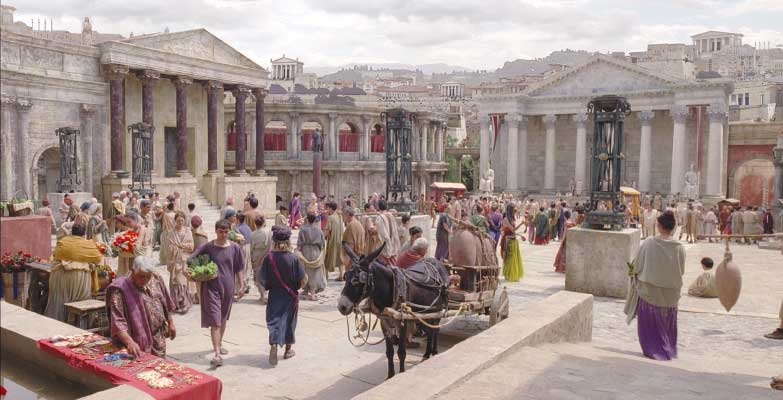
Based on the records of historians and researchers, the average weight of the ancient Roman was between 170 and 190 lbs among males. However, there is scant information about ancient Roman women. With their way of life and traditional professions, such as farmers, soldiers, merchants, and craftsmen, most have very little fat in their bodies.
The men were muscular, particularly the soldiers, due to their training. However, their diet was deficient in protein if you consider their primary diet. Ancient Romans did not eat meat, especially red meat, which they considered barbaric (culturally). They usually had a light breakfast and large dinner at around three in the afternoon. Their low weight could be due to their diet that consisted of bread, beans, vegetables, cheese, dried fruit, and occasionally, fish. There was evidence that ordinary folks are peacock tongues and mice.
Typical Body
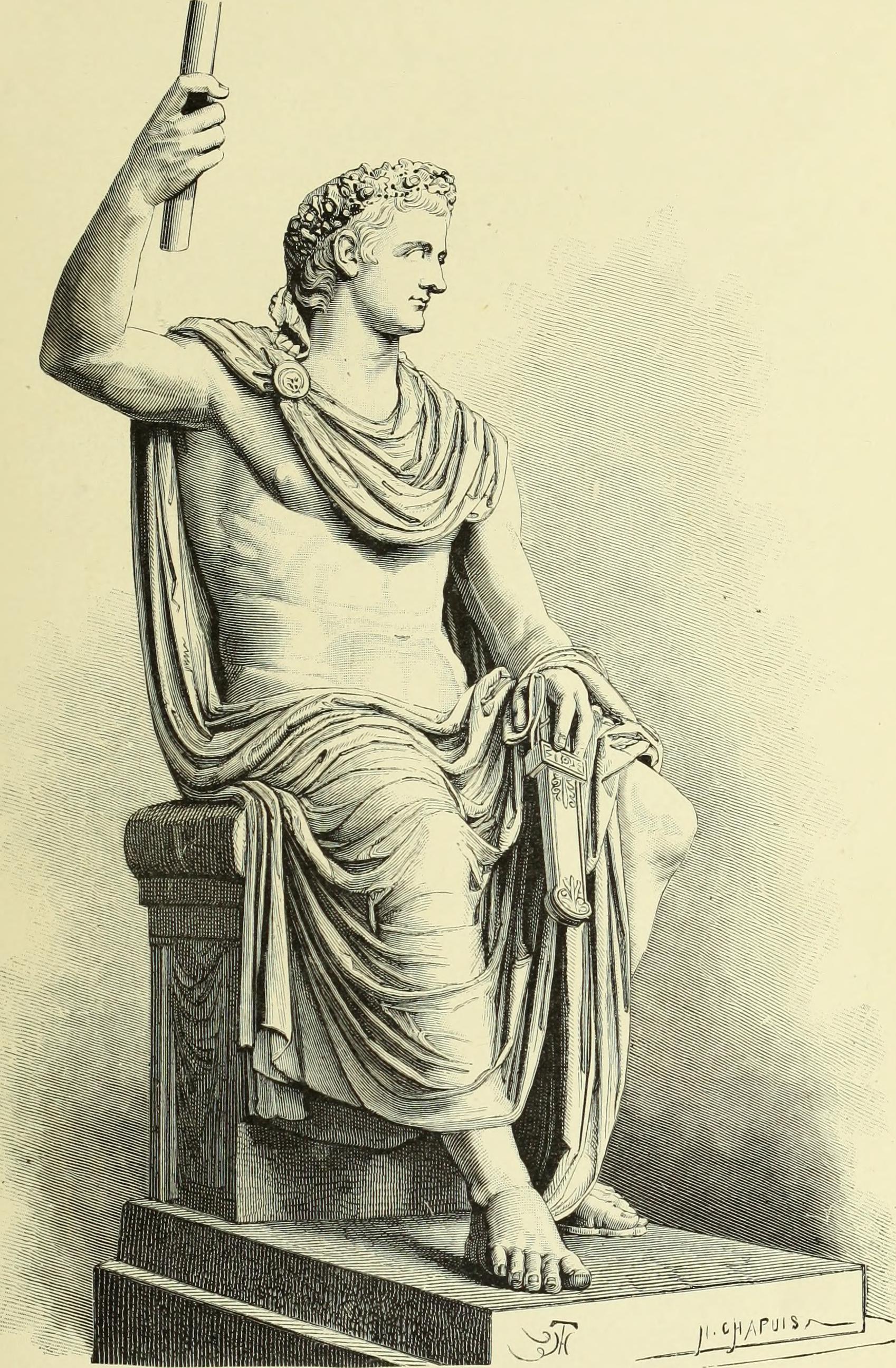
It is difficult to describe the typical body of ancient Romans because you can only base it on paintings, frescoes, and sculptures. However, records show that wealthy women in ancient Rome had several beauty ideals. They should be slim but robust, rosy cheeks and lips, with narrow shoulders, youthful, high breasts, a tiny waist, and wide hips and thighs. In addition, their legs should be long and hairless. Thus, they were avid cosmetic users and wrapped their waists to make them look smaller while emphasizing their breasts.
Ancient Romans copied some ancient Greek culture, including the obsession with the male form. Again, based on sculptures that depicted their ideal form, particularly for soldiers – broad shoulders, thin waists, lean but strong legs. Their chests were defined, and they have oblique and abdominal muscles.
Makeup Habits
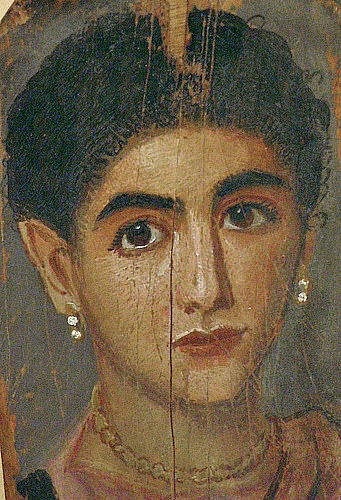
Roman hairstyles and makeup among the wealthy ancient Romans were elaborate because they were status symbols. Rich women used moisturizers, foundation creams from orris root and chalk, rouge made from red ochre and alkanet root, eyeliner and eye shadow from galena, soot, saffron, and malachite to create various colors. Their slave hairdressers used different natural and mineral ingredients to make cosmetics.
Women were obsessed with round eyes, long eyelashes, and dark eyebrows. So they often lined their eyes and eyebrows with kohl made from antinomy, soot, ashes, and saffron. They also applied charred rose petals and finely ground date stones.
Roman society frowned upon men using makeup. However, some men applied whitening cream to lighten their faces and used cosmetics to remove scales on their skin and treat blemishes, freckles, and wrinkles. But they used deodorant made from alum and other ingredients and light-scented perfume.
Skin Tone
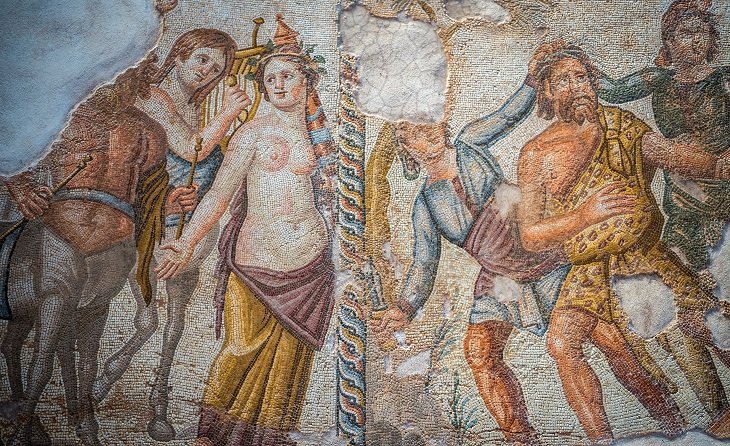
Many people assumed that the Romans were white-skinned. However, there was no evidence mentioning ancient Romans being fair-skinned. But the ancient Roman women put a high value on their skin color because it is a sign of elitism and wealth. Fair skin meant they do not leave their houses often because they do not do manual tasks.
The males were aware of various skin colors because of their conquests, which took them to countries where people have skin colors different from their skin pigmentation. Some emperors, like Septimius Severus, had dark skin, depicted in a painting with his family. Overall, the Romans were Mediterranean people and classified as Caucasian. Their skin tone would be olive, based on DNA testing. Interbreeding with other cultures would result in varying skin tones. Therefore, they would have pale to light brown skin.
Dressing

Ancient Roman clothes revealed their authority, office, status, and rank. Everyone wore the tunic (undergarment) and the toga (outer garment). Later, married women exchanged their toga for the longer stola, which had a broader fringe. But the Roman Sumptuary Laws specified the type of clothes they could wear, including the style, fabric, and color of the toga.
The rich used materials such as silk, cotton, and fine linen, which they imported from China, India, and Egypt, respectively. But only the Roman emperors could wear purple robes. Men did not wear trousers before but used to wrap their thighs and legs with pieces of cloth. Later the soldiers wore breeches to fight the cold.
They wore calceus that covered their entire feet or solea that only covered their soles, fastened with string or leather strips. The senators wore mid-leg high shoes while the soldiers wore shoes called caligæ, which were sometimes nail-studded.